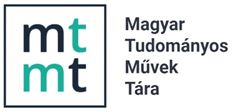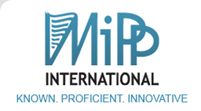Oleynik O.S., Pridachuk M.P. Change tendencies of poverty level of the population of Russia: methods of measurement and analysis of social and economic indicators
Olga Stepanovna Oleynik
Doctor of Economic Sciences, Professor, Head of Research Laboratory of Regional Development, Volgograd Institute of Management, Branch of the Russian Presidential Academy of National Economy and Public Administration
Gagarina St., 8, 400131 Volgograd, Russian Federation
Maxim Petrovich Pridachuk
Doctor of Economic Sciences, Professor, Deputy Director, Volgograd Institute of Management, Branch of the Russian Presidential Academy of National Economy and Public Administration
prorector.nauka@vlgr.ranepa.ru
Gagarina St., 8, 400131 Volgograd, Russian Federation
Abstract. The article studies the approaches of measurement of poverty level of the population of Russia. The peculiarities of the assessment of the poverty level of the population when using a model method and the assessments upon a profile (structure) of poor population based on direct data of the results of the survey of households are specified. The dynamics of the poverty level during several years at the help of general scientific methods and approaches is studied. The most general among them are observation, comparison, logical analysis, synthesis, generalization of theoretical and practical material. The influence of the principles of the creation of a set of food stuff in non food goods being part of consumer basket in dependence of natural, climatic specificity, social, cultural characteristics and established traditions is shown. The study of the dynamics change of the poverty level in the Russian Federation allowed basing the reasons of the growth of poor households. Among the main reasons of the poverty level change the authors specify the growth of the number of poor households in city locality, growth of the share of households consisting from three and more persons. It is substantiated that the peculiarity of the Russian poverty is “town poverty” and “children poverty”. The dependence of the poverty level on sex and age is studied. It is pointed out that the growth of the volume of the money for the allocation of the Russian Federation of social benefits (remissions) in 2015 allowed reducing the number of poor population. The use of modern methods of the assessment of the poverty level contributes to the obtaining of the precise data for the analysis of the population’s income and the assessment of the poverty level what creates a favourable condition for the calculation of priority tasks at the development of the measures of state support of socially vulnerable population groups.
Key words: poverty, poor, households, living wage, consumer basket, population, monetary income.
ATTACHMENTS: /5_Oleynik_Pridachuk.pmd.pdf







